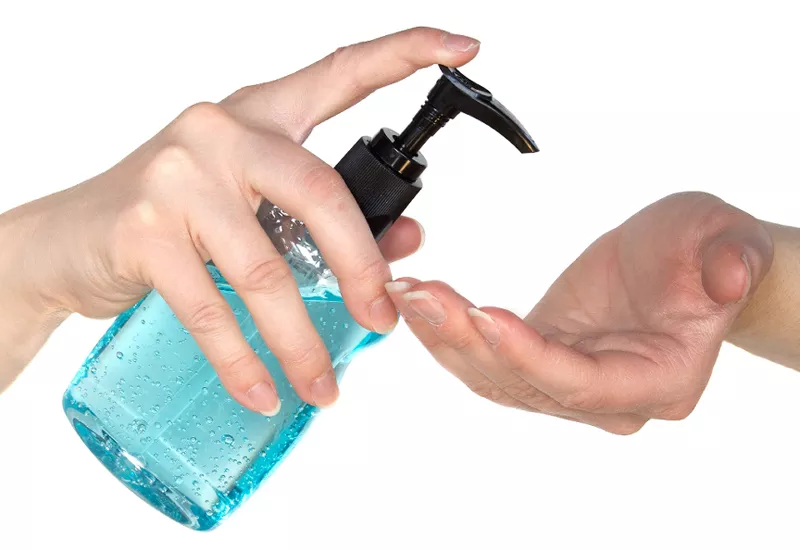Since their discovery in the early 20th century, antibiotics have been effective in preventing much death and suffering for those fortunate enough to have access to them. Yet, as with most of the best things in life, too much of a good thing can be a problem. The widespread use of antibiotics in humans and animals has led to the evolution of tough bacteria that are able to survive common antibiotic therapies.
When an antibiotic is used, the goal is to kill bacteria, but sometimes there are elite survivors. Due to some feature of their makeup, these bacteria are resistant to the antibiotic. They then go on to replicate, forming a new family of resistant bacteria. This is a vast oversimplification of the way resistance develops, but you get the general idea. Penicillin antibiotics have been used the longest, so it’s no wonder that one of the most widespread of the resistant bacteria is resistant to a penicillin-based drug — methicillin. Thus we have methicillin-resistant staph aureus, aka MRSA.
You can think of MRSA as the new lice, in that it is quite common and anyone can get it. It can also be very frustrating to get rid of. As many as 30 percent of Americans are colonized with MRSA but have no symptoms. This number is probably much higher among health care workers. It’s not clear why some individuals are more likely to develop infections, but there is probably a combination of factors, including the particular family of bacteria they harbor and other risk factors of the host that make them more vulnerable to infection.
Although MRSA can cause serious systemic illness, it most commonly causes mild to moderate skin infections, like pus-filled boils. These infections may start like a bug bite, or small red bump, but they can rapidly evolve into a very painful, deep-seated, pus-filled wound.
Fortunately, most of these wounds can be treated effectively by a trained health care provider. Drainage of the wound is often the first step, and in some cases topical and/or systemic antibiotics are also used. Drainage also allows a culture of the pus, which can help identify which bacteria is the cause and how best to treat the infection if it persists or worsens.
In some cases, when an individual has needed to be treated for multiple skin infections from MRSA, a care provider may recommend measures to try to reduce reoccurrence by helping to “decolonize” the person. However, it is not clear which methods, if any, are effective at decolonizing individuals of MRSA.
Although overuse and misuse of antibiotics has improved in recent years, we have a long way to go. To prevent worsening of the problem, we are trying to be much more careful with our use of antibiotics.
But we need your help and understanding, so please keep in mind that antibiotics do not treat viral infections, so we do not prescribe them for the common cold or other suspected viral illnesses, unless a secondary bacterial infection is suspected. Also, when antibiotics are prescribed, it is very important to not miss doses, and to finish the complete prescribed course.
Matt Thompson is a pediatrician at the Kids Clinic in Spokane.
Clean is Healthy
Our skin is an important defense against infection, and any compromise in that defense (such as warts, scratches, scrapes or chronic conditions such as eczema) can leave one more susceptible to infection. Here are some more tips to avoid spreading skin infections:
Keep all wounds covered with clean, dry bandages and avoid contact with another person’s wounds.
Wash hands well and often, especially before and after contact with wounds. Keep alcohol-based sanitizers on hand for when soap and water aren’t available. Shower or bathe daily.
Don’t share towels or clothes without first washing them in hot water; change bed sheets regularly.
Keep an eye on pets for symptoms of infection; they can carry MRSA too.
Seek care early on if painful bumps or pimples are noted.

